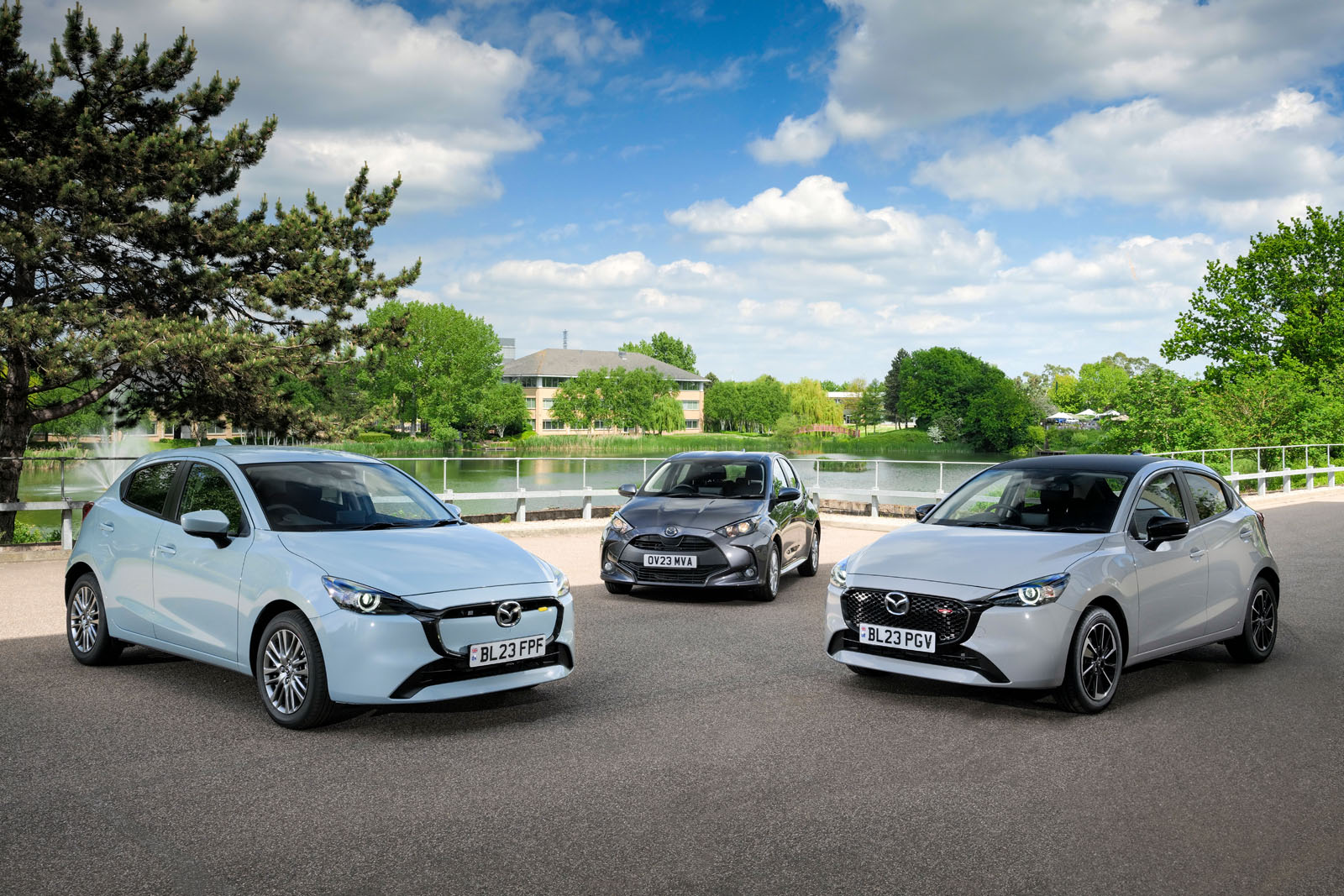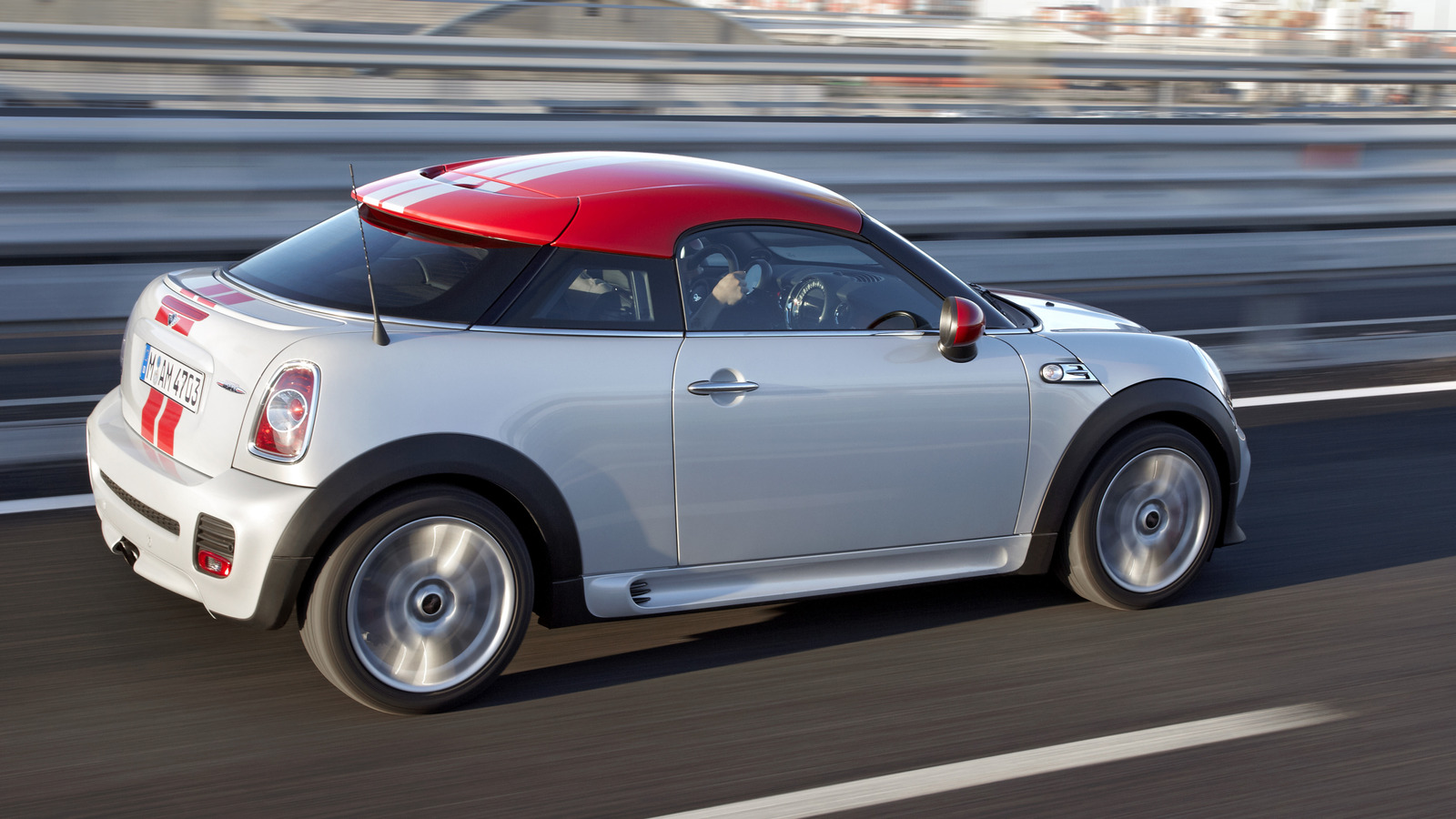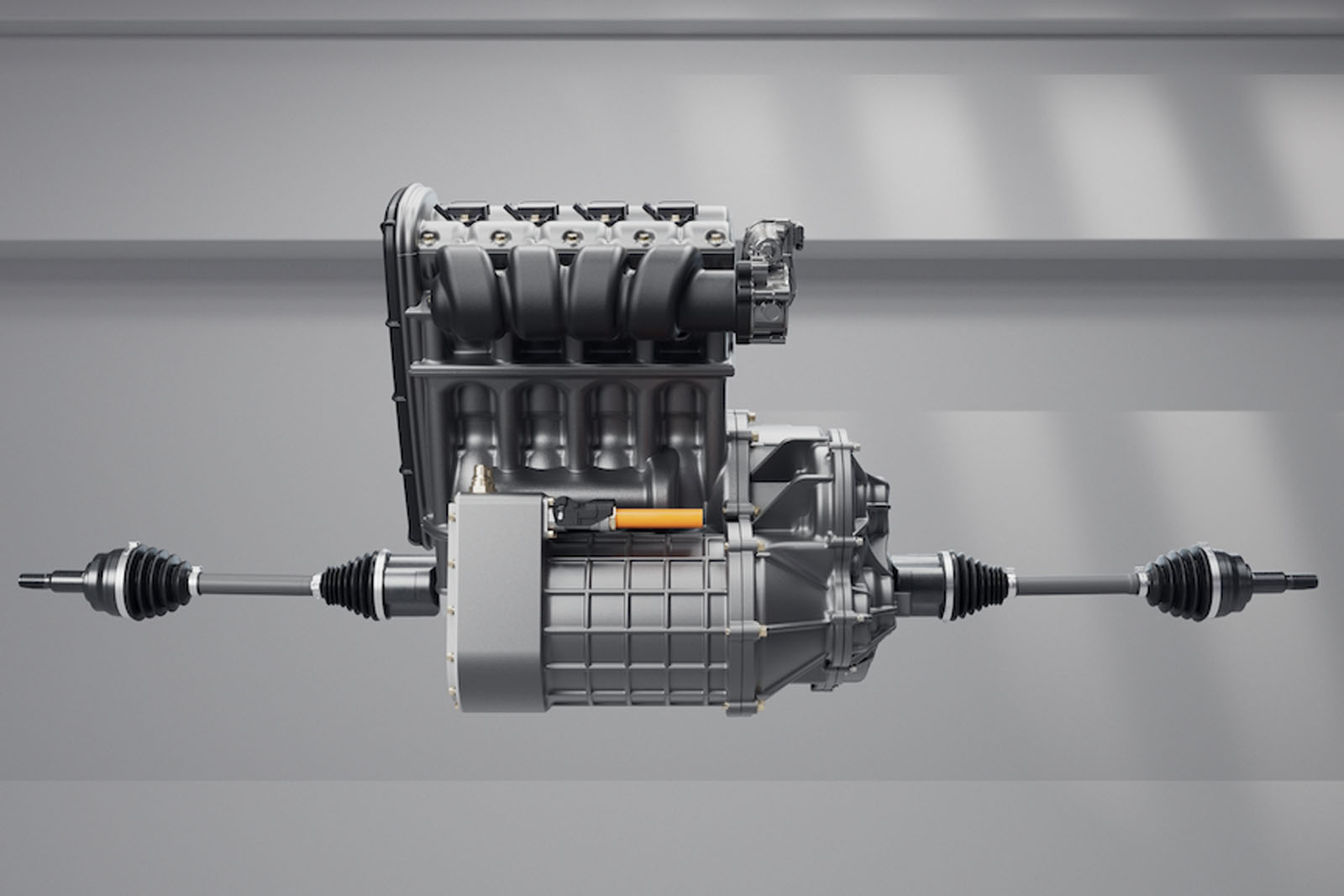Mazda 2 supermini axed after a decade on sale
2 Hybrid (middle) is confirmed as the direct replacement for the older model Pure-petrol and mild-hybrid hatch is dropped in favour of newer 2 Hybrid The Mazda 2 has been axed in the UK following its effective replacement by the Mazda 2 Hybrid – a rebadged Toyota Yaris. The supermini can no longer be ordered brand new, and a spokesperson for the brand confirmed to Autocar that just a “few hundred” examples remain in showrooms across the nation. It brings to an end a near-decade-long run for the supermini. It arrived in the UK in April 2015 and earned praise for being fun to drive, with decent turn of pace and a smart cabin. It was facelifted in 2019 and then again in 2023, each update adding extra tech. Mazda did not elaborate on why the 2 was cancelled, but a spokesperson told Autocar: “As we move towards increased electrification of our cars the Mazda 2 Hybrid meets consumer demand in the B-Segment and is a step in our journey to ensure all our cars have some form of electrification by 2030.” However, the 2 was already offered with a mild-hybrid powertrain, suggesting its cancellation may be down to another factor. It’s possible that it was encouraged by the UK’s zero-emission vehicle (ZEV) mandate, the government’s official timetable forcing car makers to gradually ramp EV sales up to 80% in 2030, and 100% by 2035. Under current legislation, each manufacturer in the UK is assigned a total carbon ‘credit’ allowance annually. This is based on its total sales in the previous year, as well as the average CO2 emissions of the petrol, diesel and hybrid cars that it sold in 2021. If a manufacturer cuts its emissions to below this allowance, it can convert its spare carbon credits into de-facto sales that count towards its ZEV sales target. This exchange takes place at a rate of 167 carbon credits to one ZEV ‘sale’. In simple terms, for every 167g/km that a manufacturer cuts from the total CO2 emissions of the petrol, diesel and hybrid cars it sells in any given year, it has to sell one fewer electric car to hit its ZEV target. Autocar understands that Mazda sold around 4400 examples of the petrol and mild-hybrid 2 last year, split between roughly 1700 pure-petrol cars and 2700 mild-hybrids. The pure-petrol emits 109g/km while the mild-hybrid emits 107g/km. This gives a tally of around 474,000g/km last year. Had those 4400 cars been the Mazda 2 Hybrid instead, the company would have saved around 90,000g of CO2, because it emits a much lower 87g/km. This would have allowed Mazda to sell roughly 500 extra non-electric cars – 2% of its total registration last year – without facing fines for doing so. This is particularly pertinent to Mazda, which will only offer one zero-emission car (the MX-30 crossover) in the UK until the arrival of the new 6e saloon next year. Autocar understands the battery-electric MX-30 comprised around 5% of the brand’s UK sales in 2024, far short of the ZEV mandate’s target of 22%. It should be noted that, according to the Department for Transport, no company was fined for breaching the ZEV mandates last year. But with the targets set to ramp up harshly after this year, manufacturers will be placed under even greater pressure – and marginal gains will become an absolute priority. Big-selling (and relatively high-polluting) non-hybrid superminis in the vein of the Mazda 2 are likely to become the first casualties of this race to slash emissions and win de-facto EV sales. Manufacturers may instead look to flog increasing numbers of hybrids and plug-in hybrids to slash their carbon tallies, generating additional credits to cover slower-than-expected growth in sales of electric cars


2 Hybrid (middle) is confirmed as the direct replacement for the older modelPure-petrol and mild-hybrid hatch is dropped in favour of newer 2 Hybrid
The Mazda 2 has been axed in the UK following its effective replacement by the Mazda 2 Hybrid – a rebadged Toyota Yaris.
The supermini can no longer be ordered brand new, and a spokesperson for the brand confirmed to Autocar that just a “few hundred” examples remain in showrooms across the nation.
It brings to an end a near-decade-long run for the supermini. It arrived in the UK in April 2015 and earned praise for being fun to drive, with decent turn of pace and a smart cabin. It was facelifted in 2019 and then again in 2023, each update adding extra tech.
Mazda did not elaborate on why the 2 was cancelled, but a spokesperson told Autocar: “As we move towards increased electrification of our cars the Mazda 2 Hybrid meets consumer demand in the B-Segment and is a step in our journey to ensure all our cars have some form of electrification by 2030.”
However, the 2 was already offered with a mild-hybrid powertrain, suggesting its cancellation may be down to another factor.
It’s possible that it was encouraged by the UK’s zero-emission vehicle (ZEV) mandate, the government’s official timetable forcing car makers to gradually ramp EV sales up to 80% in 2030, and 100% by 2035.
Under current legislation, each manufacturer in the UK is assigned a total carbon ‘credit’ allowance annually. This is based on its total sales in the previous year, as well as the average CO2 emissions of the petrol, diesel and hybrid cars that it sold in 2021.
If a manufacturer cuts its emissions to below this allowance, it can convert its spare carbon credits into de-facto sales that count towards its ZEV sales target. This exchange takes place at a rate of 167 carbon credits to one ZEV ‘sale’.
In simple terms, for every 167g/km that a manufacturer cuts from the total CO2 emissions of the petrol, diesel and hybrid cars it sells in any given year, it has to sell one fewer electric car to hit its ZEV target.
Autocar understands that Mazda sold around 4400 examples of the petrol and mild-hybrid 2 last year, split between roughly 1700 pure-petrol cars and 2700 mild-hybrids.
The pure-petrol emits 109g/km while the mild-hybrid emits 107g/km. This gives a tally of around 474,000g/km last year.
Had those 4400 cars been the Mazda 2 Hybrid instead, the company would have saved around 90,000g of CO2, because it emits a much lower 87g/km.
This would have allowed Mazda to sell roughly 500 extra non-electric cars – 2% of its total registration last year – without facing fines for doing so.
This is particularly pertinent to Mazda, which will only offer one zero-emission car (the MX-30 crossover) in the UK until the arrival of the new 6e saloon next year.
Autocar understands the battery-electric MX-30 comprised around 5% of the brand’s UK sales in 2024, far short of the ZEV mandate’s target of 22%.
It should be noted that, according to the Department for Transport, no company was fined for breaching the ZEV mandates last year.
But with the targets set to ramp up harshly after this year, manufacturers will be placed under even greater pressure – and marginal gains will become an absolute priority.
Big-selling (and relatively high-polluting) non-hybrid superminis in the vein of the Mazda 2 are likely to become the first casualties of this race to slash emissions and win de-facto EV sales. Manufacturers may instead look to flog increasing numbers of hybrids and plug-in hybrids to slash their carbon tallies, generating additional credits to cover slower-than-expected growth in sales of electric cars









































































































































































